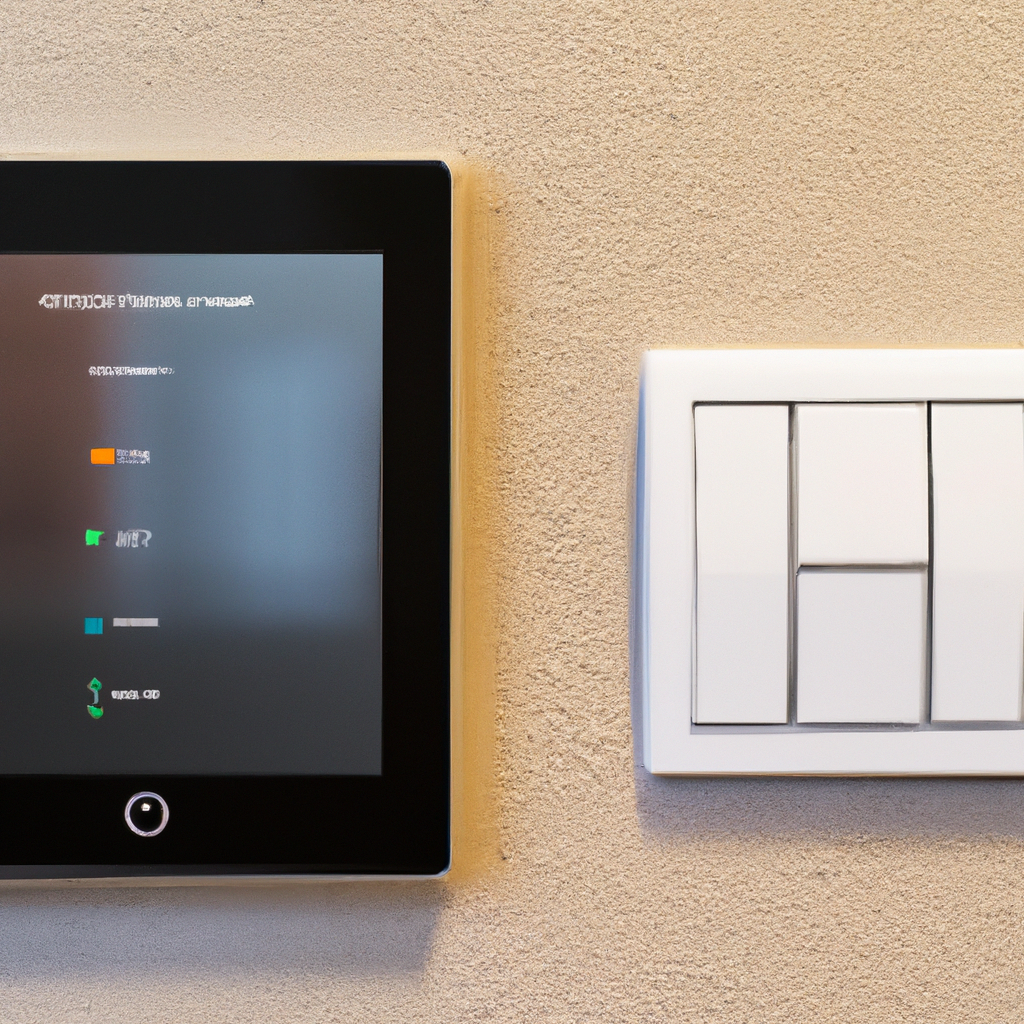Smart home technology is becoming increasingly popular as more people seek to automate their homes and enjoy the convenience and efficiency of a connected home. Smart home technology can be used to control a variety of devices, such as lights, security systems, thermostats, and more. Two of the most popular technologies used in smart home systems are Zigbee and Z-Wave. In this article, we will look at the differences between Zigbee and Z-Wave, and discuss which one is best for your home.
What is Smart Home Technology?
Smart home technology is a system of interconnected devices that can be controlled remotely using a smartphone or other device. Smart home technology allows users to control their home’s lighting, security systems, thermostats, and more. Smart home technology can be used to automate many of the processes in a home, such as turning on lights when someone enters a room or turning off the lights when no one is in the room. Smart home technology can also be used to monitor energy consumption and provide detailed energy usage reports.
What is Zigbee?
Zigbee is a wireless communication protocol that is used to connect devices in a home automation system. Zigbee is an open standard that is used by many different manufacturers and devices. Zigbee is a low-power, low-cost protocol that is designed for short-range wireless communication. Zigbee devices are able to communicate with each other over distances of up to 100 meters.
What is Z-Wave?
Z-Wave is another wireless communication protocol that is used to connect devices in a home automation system. Z-Wave is a proprietary protocol that is owned by Sigma Designs. Z-Wave is a low-power, low-cost protocol that is designed for short-range wireless communication. Z-Wave devices are able to communicate with each other over distances of up to 30 meters.
Benefits of Zigbee
Zigbee is an open standard, which means that it can be used by many different manufacturers and devices. This makes it easy to find compatible devices for your home automation system. Zigbee also has a longer range than Z-Wave, which means that it is possible to cover a larger area with fewer devices. This makes Zigbee a good choice for larger homes.
Benefits of Z-Wave
Z-Wave is a proprietary protocol, which means that it is only available from Sigma Designs. This means that Z-Wave devices are more likely to be compatible with each other, as they are all designed to use the same protocol. Z-Wave is also more secure than Zigbee, as it uses 128-bit encryption to protect data.
Comparing Zigbee and Z-Wave
When comparing Zigbee and Z-Wave, there are a few key differences that should be considered. Zigbee is an open standard, while Z-Wave is a proprietary protocol. Zigbee has a longer range than Z-Wave, and is better suited for larger homes. Z-Wave is more secure than Zigbee, as it uses 128-bit encryption to protect data.
Zigbee vs. Z-Wave Performance
When it comes to performance, both Zigbee and Z-Wave are capable of providing reliable and secure communication. However, Zigbee has a longer range than Z-Wave and is better suited for larger homes. Z-Wave is more secure than Zigbee, as it uses 128-bit encryption to protect data.
Cost Considerations
When it comes to cost, both Zigbee and Z-Wave are relatively affordable. The cost of Zigbee and Z-Wave devices varies depending on the manufacturer and the features they offer. Generally speaking, Zigbee devices are slightly more expensive than Z-Wave devices.
Which is Best for Your Smart Home?
When it comes to choosing the best technology for your home, it is important to consider your needs and budget. For larger homes, Zigbee is a better choice as it has a longer range and is more affordable. For smaller homes, Z-Wave is a good option as it is more secure and has a shorter range.
Conclusion
Smart home technology is becoming increasingly popular as more people seek to automate their homes. Two of the most popular technologies used in smart home systems are Zigbee and Z-Wave. When comparing Zigbee and Z-Wave, there are a few key differences that should be considered. Zigbee is an open standard, while Z-Wave is a proprietary protocol. Zigbee has a longer range than Z-Wave, and is better suited for larger homes. Z-Wave is more secure than Zigbee, as it uses 128-bit encryption to protect data. When it comes to cost, both Zigbee and Z-Wave are relatively affordable. Ultimately, the best technology for your home will depend on your needs and budget. Smart Home: Zigbee vs. Z-Wave In Summary, Zigbee and Z-Wave are both popular technologies used in smart home systems. Zigbee is better suited for larger homes, while Z-Wave is more secure and is better suited for smaller homes. The cost of both technologies varies depending on the manufacturer and the features they offer. Ultimately, the best technology for your home will depend on your needs and budget.














